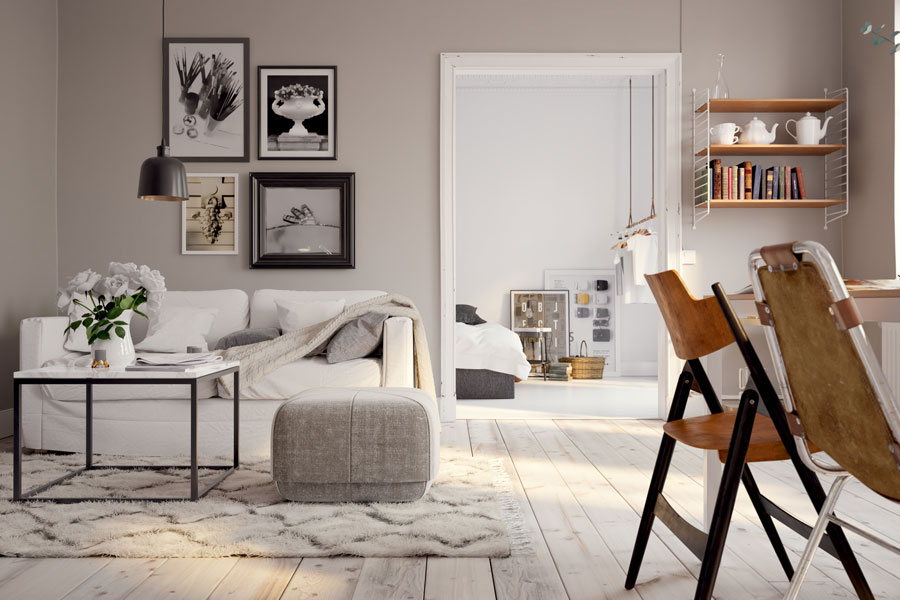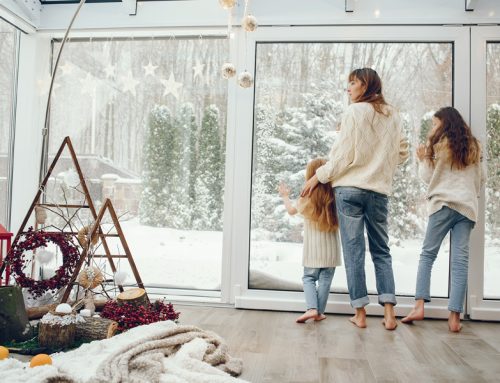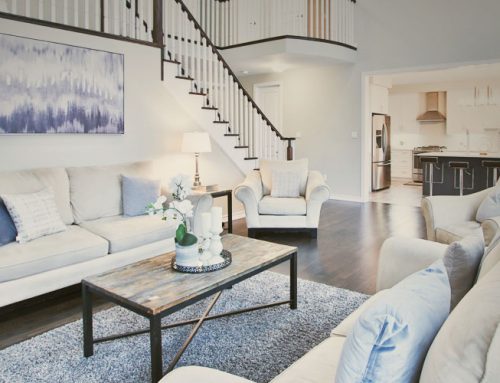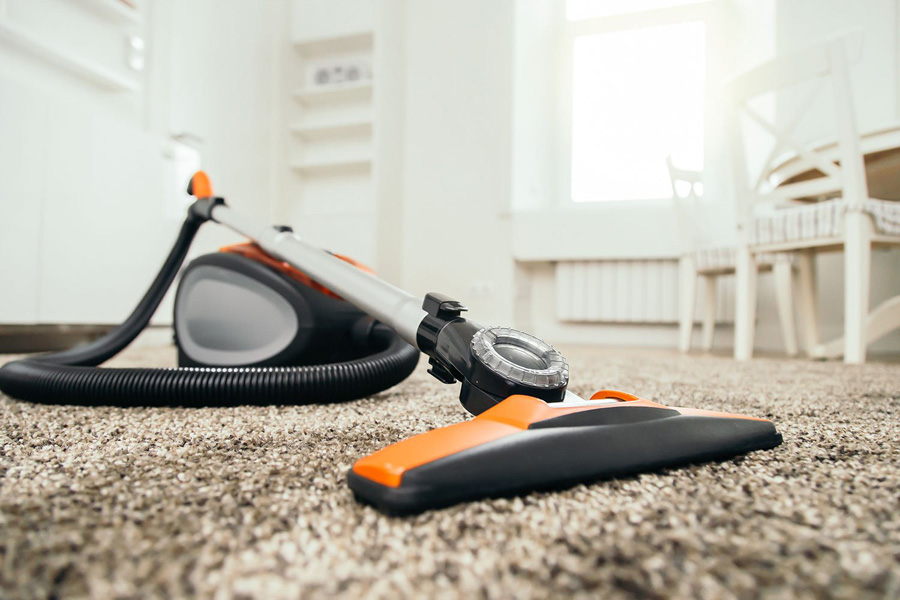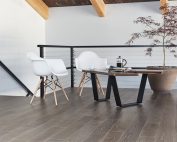Rest assured, there are really only four main segments into which wall treatments can be divided; and each of these, takes one main factor into consideration – your floors. Surprisingly enough, your floors play a large part in helping to decide which type of wall decor will match your home.
Join us as we explore the complementary relationship between walls and floors, and how one can be used to enhance the beauty of the other.
Style Underfoot
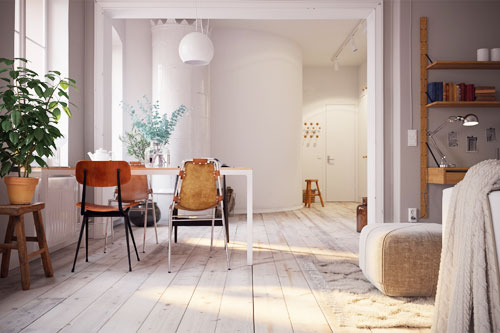
While it might be something you take for granted, never forget that beautiful flooring plays a starring role in deciding which elements will work best in your space. Imagine a Spanish-style hacienda without terracotta tiles, or a vintage Craftsman missing hand-scraped hardwood – it feels incomplete. Floors reflect the architecture of the home and in turn are a great place to start when looking for guidance in how to decorate your walls.
First, take into account the texture of the materials. Are they polished and smooth with single color running throughout as with more formal floors, or are they variegated with natural texture and beautiful imperfections as with more informal floors? By recognizing this feature as the anchor point of the room, you have established a baseline off which you can now build. From this, we can extrapolate the tone and feel of the room upwards into the walls and decide exactly what we wish to showcase there.
Paper Please
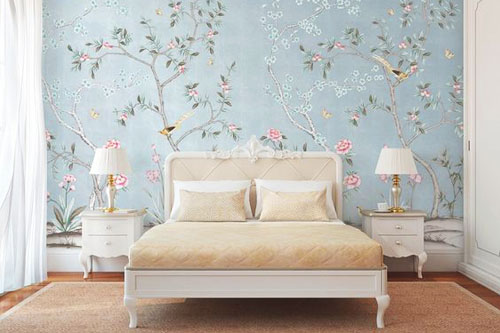
Wallpaper is back and taking center stage. Far from the garish patterns of the past, today’s wallpaper is refined, bold and ready to make a modern statement in your home. But if you think you need to limit yourself to botanicals, graphics and loud prints – think again. Wallpaper comes in a cornucopia of colors, textures, patterns and styles. It can act as both a canvas on which to hang your favorite art, or be the focus of the space itself.
For more formal floors which includes both light or dark floors, invest in raw, genuine silk in a rich, vibrant jewel tone, or spring for a hand painted Chinoiserie print. Plant based fibers like a grass cloth or even a textile with embedded fragments of mica or other reflective minerals also work as well in formal settings.
With more informal floors, consider more organic materials and looks such as motifs drawn from nature like wood, stone and water. If none of these options seem just right, there’s always the opportunity for individual customization. Wallpaper can be more than just a smooth, understated backdrop, it can take on the role of a three-dimensional piece of art. Choose what works for you!
Reflect + Frame
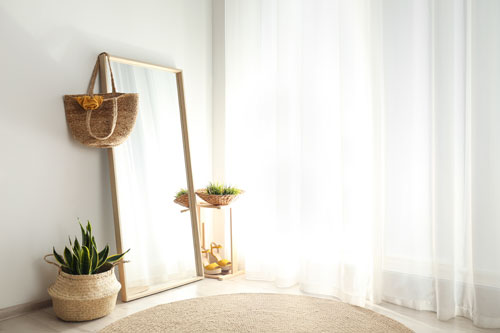
If you’re afraid that papering your walls will close in the space, a great solution is to utilize mirrors. Placed mindfully, mirrors can create the illusion of airiness and visually double your space.
Try a large piece used as a focal point or a small grouping of mirrors in complementary sizes or colors. Keep in mind that they will reflect the room in its entirety, so make sure you have a well curated selection of decor. Placing mirrors in strategic points around the home and choosing frames in materials that echo the feel of your floors will unite the space even further.
This rings just as true with pieces of art. Even though the gallery wall is somewhat of a staple technique, it continues to surface because of its classic appeal. Much like a grouping of mirrors, clusters of framed art, photos or other visual pieces will never go out of style. To curate your collection, choose a theme, color scheme or art type that can tie the pieces together, then unleash your creativity. When it comes to selecting your favorites, remember art is subjective – so make sure it strikes joy with you.
Color + Texture
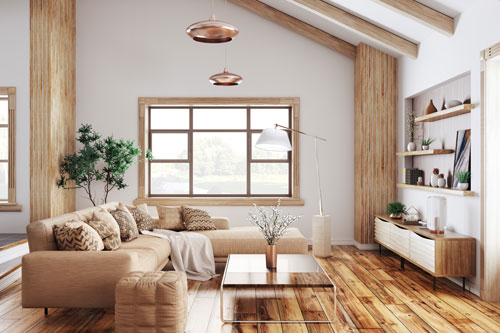
When you think about redecorating a space, fresh paint is likely the first thing that comes to mind. And while you might want to run out and choose a color before renovations even begin, it’s often a good idea to wait until the raw materials are installed to see what fits naturally.
Lighter floors inherently will make a room feel larger. If you’re hoping to carry that feeling through the space, choose walls colors that are bright, neutral and light in color. If pure white is too harsh, go with a grey or white paint with an undertone of a different shade. You would be surprised at how different multiple shades of seemingly identical white can appear, once applied to your walls at home.
Dark floors on the other hand are often used to make a room feel cozier and are especially beautiful when used in an open concept floor plan. Dark floors can stand up to bold colors and make a statement when paired with contrasting walls. Use these colors and their opposite shades on the color wheel to decide which direction is right for you.
Aside from simply applying paint, adding three dimensional elements in matching or contrasting colors can also be used to great effect. Chair rails, wood embellishments, picture-rails, molding and wall trim can all be accentuated by paint colors and finished. An eggshell wall with semi-gloss rails or colorful accents can elevate a space. Think patterns, frescos and artistic elements when it comes to paint, there is so much more than just color.
Wall-to-Wall Bliss

As experts in the field of design, we are uniquely positioned to understand the many challenges that come with decorating a space. From planning to procurement, installation and final touches, we know just how hard it is to decide upon the perfect elements to make your home complete. By exploring some of the simple elements discussed above, we hope to have shed a little more light on the best way to make your home shine.
Start pairing your floors and walls now. Visit us at one of our six Baltimore locations or book a home appointment now. We are happy to come to you!


